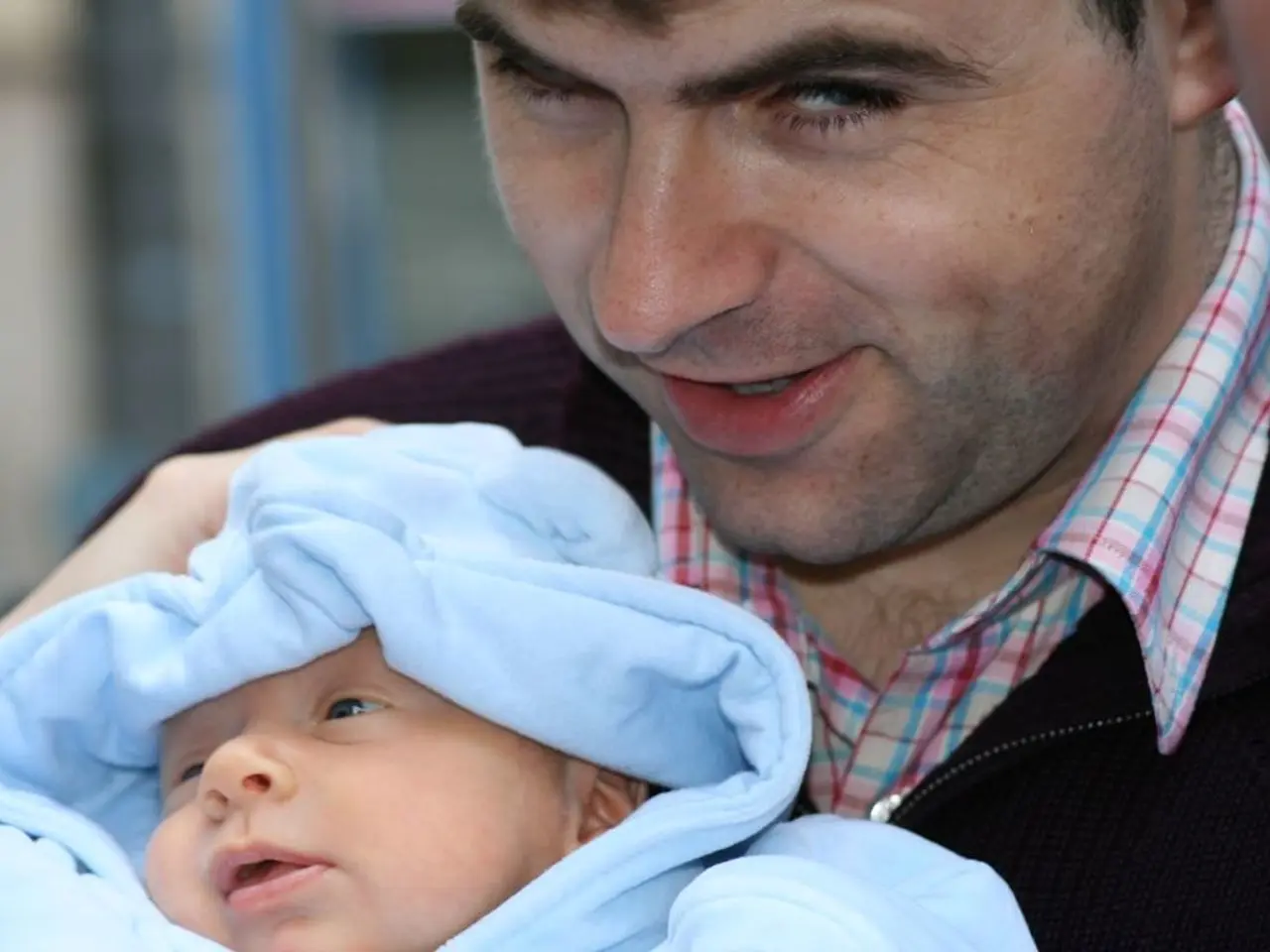Pregnancy Term 36 Weeks: Events and Progression Overview
As you approach the final stages of your pregnancy, it's essential to be aware of the changes happening with your baby and your body. Here's a guide to help you navigate the 36th week of pregnancy.
**Fetal Movement and Positioning**
At 36 weeks, the baby's head often starts to engage or settle into the pelvis, causing the pregnant woman's bump to appear lower, a phenomenon often described as the baby having "dropped." This change in body shape does not necessarily mean labor is imminent; labor may still be a few weeks away.
Fetal positioning is assessed through a series of abdominal palpation maneuvers known as Leopold maneuvers, which help determine fetal presentation (head-down or breech), fetal lie (longitudinal or transverse), and position in the uterus. If malpresentation is suspected, ultrasound may be used for confirmation. It is important to monitor fetal movements as decreased fetal activity can be a concern.
**Symptoms Related to Preeclampsia**
Preeclampsia can present serious risks in late pregnancy. Warning signs include pain below the ribs, especially under the right ribs, severe headaches, vision problems such as blurred or flashing vision, and swelling or sudden weight gain. Pregnant women experiencing these symptoms should seek medical attention urgently.
**Other Symptoms Common at 36 Weeks**
Leaking urine when coughing or laughing due to pressure on the bladder; pelvic discomfort, possible cramping, and mild contractions are common as the body prepares for labor. The risk of preterm prelabour rupture of membranes (PPROM) if waters break before 37 weeks is also a concern. A sensation of fluid leaking that cannot be controlled distinguishes this from urine leakage and requires immediate medical care.
**Routine Tests and Recommendations**
Between weeks 36 and 38, a doctor will take a group B Streptococcus (GBS) swab as a routine test. A healthful diet including fruits, vegetables, whole grains, and lean proteins is recommended during pregnancy. Balancing periods of activity and light physical exercise with rest can help during pregnancy.
**Delivery and Risks**
For multiple pregnancies, delivery often occurs before 37 weeks due to increased risks for preeclampsia and issues with the growth of the twins. Ideally, at 36 weeks, a fetus will be in the vertex position, facing head down, to reduce the risk of complications and the likelihood of needing a cesarean delivery.
If the GBS test result is positive, the woman will receive intravenous antibiotics to prevent passing the infection to the fetus during labor. Doctors may use ultrasound or measurements of fundal height to estimate the size of the fetus at 36 weeks.
Pregnant women should see a doctor if they notice decreases in fetal movement, strong or frequent contractions, sudden significant weight gain, or swelling at 36 weeks. A doctor may recommend an external cephalic version at 36 weeks to turn a fetus to the head down position.
In conclusion, at 36 weeks pregnant, women should be aware of changes such as fetal head engagement, physical symptoms like leaking urine, and watch carefully for signs of preeclampsia and any leaking of fluid indicating water breaking. Regular prenatal visits including fetal positioning assessment and maternal monitoring remain essential.
- Science has been working to develop predictive models for conditions like hypertension and depression during the third trimester of pregnancy, considering factors such as obesity and previous health history.
- Pfizer, in collaboration with health-and-wellness organizations, is funding research to determine the impact of aq (aqueous) solutions on COPD symptoms in pregnant women, aiming to improve healthcare outcomes.
- Blocked nasal passages can cause discomfort during pregnancy, particularly in the third trimester, and various over-the-counter remedies may offer temporary relief.
- Keeping track of fetal movement, especially in the 36th week of pregnancy, helps predict potential complications and is crucial for the health and wellness of both mother and baby.
- Pregnant women are advised to maintain a healthy lifestyle throughout their pregnancies, including eating nutrient-rich foods, staying active, and attending all scheduled check-ups to help ensure a smooth delivery and minimize associated risks.




